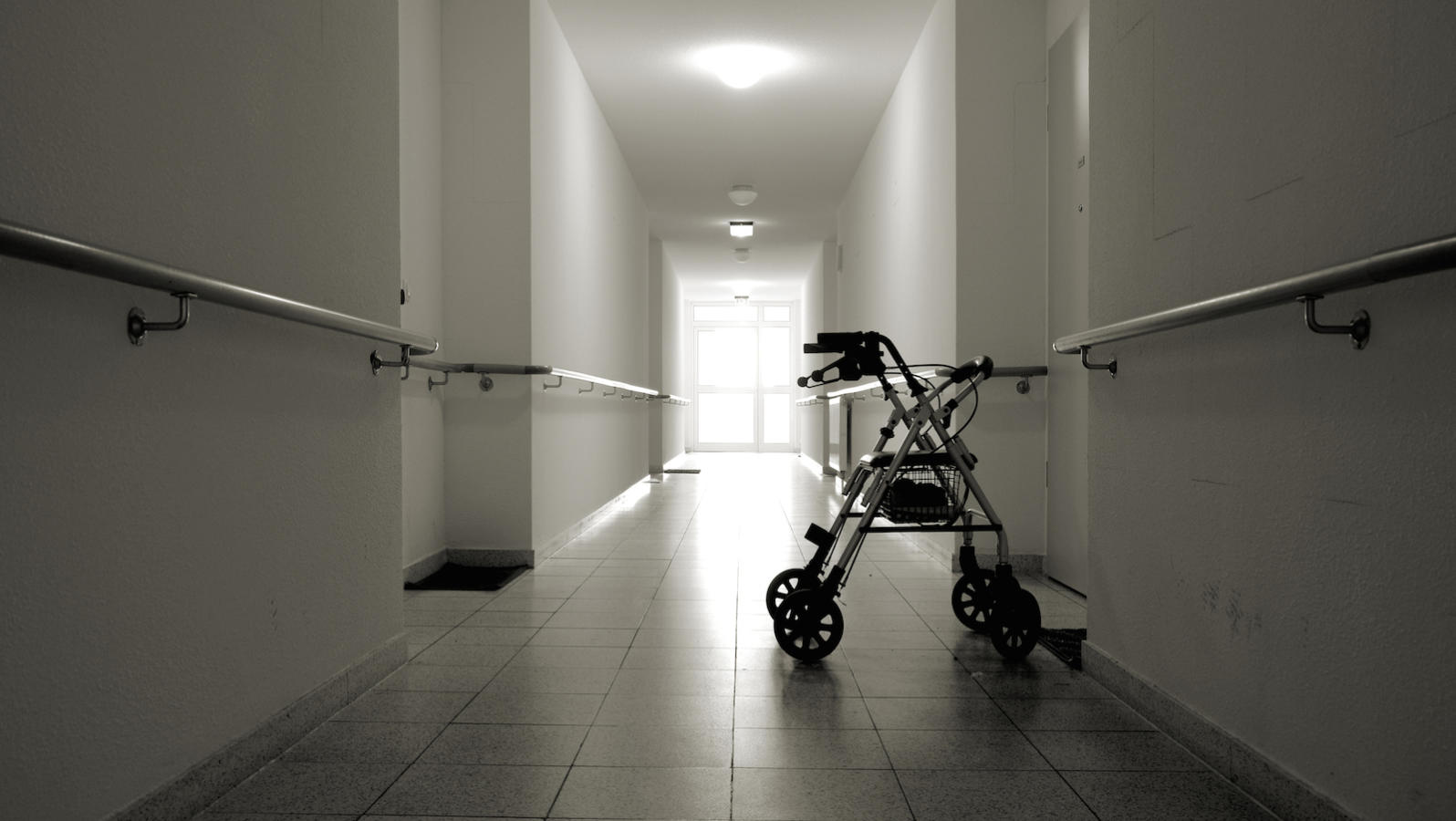According to traditional Jewish law, a goses–a terminally ill patient, defined as someone expected to die within 72 hours–is considered a human being in all respects. One who kills such a person, even if that person is in extreme pain and very near death, is still considered a murderer. Therefore, traditional rabbinic authorities forbid active euthanasia–benevolently instigating the death of a terminally ill patient.
Because Jewish law prohibits suicide (except, perhaps, in certain cases of religious martyrdom), traditional authorities also forbid assisted suicide — enabling a terminally ill patient to take her own life. However, authorities disagree about what prohibition the one who provides assistance violates. The possibilities range from murder to lifnei iver — taking advantage of an individual’s weakness or propensity for sin by making possible or encouraging a sinful act.
Passive Euthanasia
Passive euthanasia — withholding or withdrawing therapy that can keep someone alive — is a more complicated issue. The Talmud forbids all acts that might hasten death, and this ruling was upheld by the medieval Jewish law codes. However, in a famous passage, the 13th-century Rabbi Judah the Pious ruled that one should remove obstacles which prevent death. Rabbi Moshe Isserles codified this ruling in his commentary on the authoritative 16th-century law code the Shulchan Aruch, writing that, “if there is anything which causes a hindrance to the departure of the soul…it is permissible to remove [it] from there because there is no act involved, only the removal of the impediment.”
Thus, traditionally, the basic principle governing end-of-life issues is that nothing can be done to hasten death, but all hindrances to death can, and perhaps should, be removed.

Help us keep Jewish knowledge accessible to millions of people around the world.
Your donation to My Jewish Learning fuels endless journeys of Jewish discovery. With your help, My Jewish Learning can continue to provide nonstop opportunities for learning, connection and growth.
However, the practicalities and logistics of this are complicated by modern medical technologies that enable doctors to prolong life with medications and machines which facilitate respiration and nutrition. Is withholding medication from a terminally ill patient hastening death or removing a hindrance? What about withdrawing artificial hydration and nutrition?
As might be expected, rabbinic authorities express a range of opinions on these matters. Orthodox rabbi Eliezer Waldenberg, for example, does not allow the withholding or withdrawing of any sort of therapy, but he does allow the administration of pain medication, even if that medication could potentially have adverse affects. Conservative rabbi Avraham Reisner permits the withholding of medication and the withdrawal of artificial respiration, but not the withdrawal of artificial hydration and nutrition, such as intravenous and tubal feeding.
Elliot Dorff, another Conservative rabbi, allows the withholding of artificial hydration and nutrition as well. In general, Dorff’s views on euthanasia are of particular interest, because he believes that the goses category is not the most precise legal concept to apply in end-of-life cases. Dorff, in accordance with Jewish bioethicist Daniel Sinclair, suggests that the concept of terefah is more appropriate. A goses is someone who is in the last hours of life, while a terefah is someone who has an incurable disease, but who may still live for a long time.
Sinclair notes that Maimonides exempted the killer of a terefah from liability, because the murdered person was “already dead.” Reform rabbi Peter Knobel sums up how this affects the distinction between a goses and terefah: “The fundamental concept in the definition of a human terefah is, therefore, the inevitability of death in contrast to the goses who is alive in every respect.” Ascribing the status of terefah to terminally ill patients allows Sinclair and Dorff to arrive at more lenient positions about euthanasia.
All of the positions just noted apply to passive euthanasia only. Recently, however, some liberal thinkers have questioned the traditional prohibition against active euthanasia as well. Knobel suggests that in certain cases where the pain experienced by a terminally ill patient diminishes her ability to live in the image of God, euthanasia may be permitted, even praiseworthy. In cases of extreme suffering, writes Knobel, “Active euthanasia is permitted when the person has waived his/her right not to be killed and it is consistent with the person’s biography.”
Sign up for a Journey Through Grief & Mourning: Whether you have lost a loved one recently or just want to learn the basics of Jewish mourning rituals, this 8-part email series will guide you through everything you need to know and help you feel supported and comforted at a difficult time.
Looking for a way to say Mourner’s Kaddish in a minyan? My Jewish Learning’s daily online minyan gives mourners and others an opportunity to say Kaddish in community and learn from leading rabbis.



